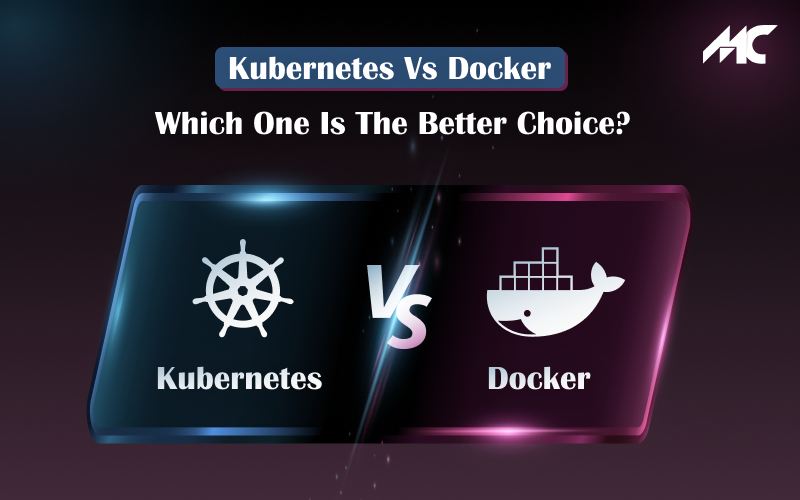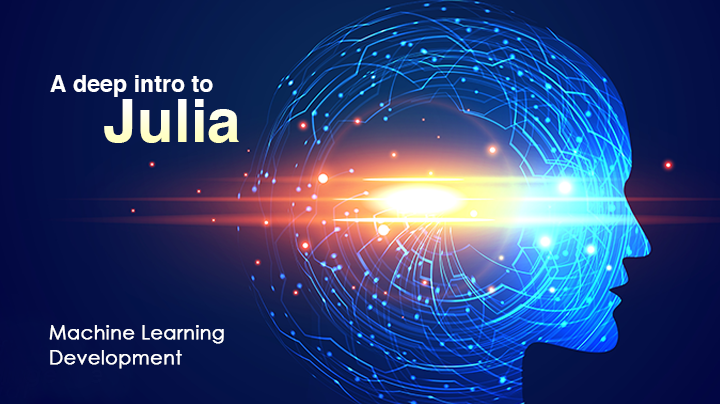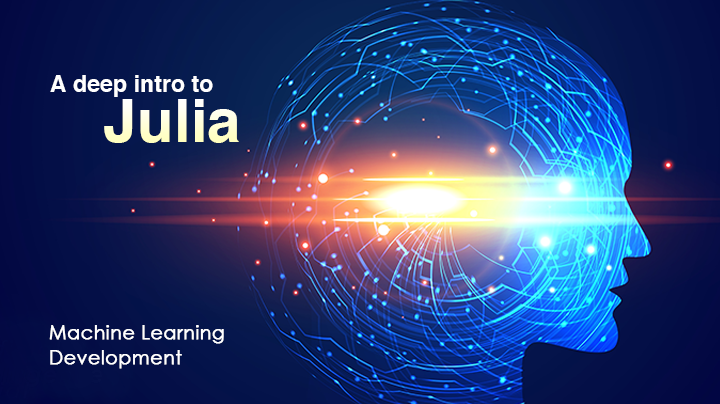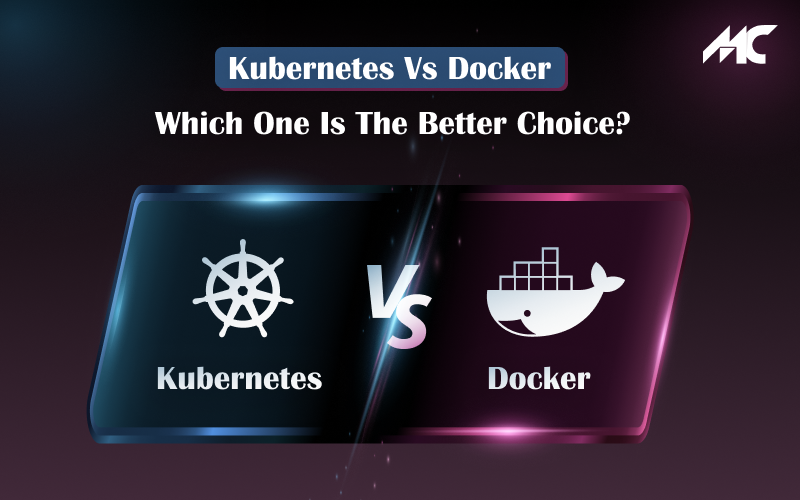A Deep Intro to Julia: A New Go-to Programming Language for Machine Learning Development
Shout out to Machine learning developers as Julia’s fanbase is bubbling out from its shed.
In the ever-evolving world of technology, Julialang made a debut to transform all the genres of machine learning development. Slowly & steadily Julia language attained explicit prominence among top programming languages. So, have you ever imagined that what’s so special about Julia? Whether you’re a squad of Pythonists or Rubyists, nothing matters if you came across a power-packed supplant with characteristics of all programming languages that you’ve been using for so long. We’re not questioning the potential of other languages but we should agree on a fact that an open-source language powered with a speed of C & dynamism of Ruby will do justice to the present-day arena of Machine learning development.
It might not sound much surprising news for tech lovers that Julialang secured its place on the 35th level but yes, your exhilaration will take a jump knowing that it aroused up on the charts from 50th place among the conquers like Java or Python. Today, the immense popularity of Julia language beats Kotlin, the most preferred language for Android app development.
According to Professor Alan Edelman, co-creator of Julia programming language, “It was a kind of thought of as a law of physics if you will, a kind of law of nature, that you can have one or the other, but that in some ways it would be impossible to have both.” Julia emerged as the first-class language that gears up for the combined speed of C with integrated usability of Python, the dynamism of Ruby, the mathematical prowess of MatLab, & the statistics as R. It is something that is absolutely simple to learn & quick to compile.
If you don’t want to settle for less then you should give a try to Julialang for Machine learning development & there are some reasons for it. Before you move on to them, let’s give a brief on Julia programming language and statistics to favour its use:
- As per the Siam News report, Julia enables programmers to perform high-level coding in an intuitive syntax and write codes with faster speed of production programming languages. The demand for this programming language is scattered across varied arenas & scientific computing communities for creating apps based on economics, deep learning, energy optimization, astronomy, medicine, & more. Julia has been chosen by the Federal Aviation Administration for airborne collision avoidance system.
- Julia Computing also bagged the Wilkinson Prize for Numerical Software by The Society for Industrial & Applied Mathematics (Siam). Most Julia programmers belong to a group of tech nerds involved in machine learning, computational biology, image processing, differential equations, & more. Its usability is comparable to Python, C, C++, and MATLAB.
- Some notable findings from the Julia User & Developer Survey 2019 brings insights & data derived from around 1,844 Julia users & developers from 90 nations. The survey further reveals that Julialang’s:
- Speed, performance, multiple dispatch, potential to solve two language problem, & ease of use are the key technical features popular among users.
- MIT license & flexibility to create packages are the most liked non-technical features by programmers.
- User base involves 73% of individuals using it for research or 54 % of the personal work. More than 15% of programmers use Julia as a part of the development team while 10% use of Julialang goes in production for business-related tasks.
- üAtom, VS Code, Juno, Vi/Vm, JupyterLab are top editors or IDEs loved by the majority of users.
Why Julia programming language stands apart from existing frontrunners?
Top tech giants like Amazon, Google Maps, Netflix, Siri, & more come under the hats of machine learning technology. With a plethora of data-driven prediction models & solutions, the innovation of Julia adds fuel in the fire in terms of speeding up the optimization process for increased ROI. ML is predicted to achieve excellent growth rate with a CAGR of 43% between the year 2019-24 in combination with Julialang.
Since its launch in 2012, Julia came out as a high-level general-purpose open-source programming language developed to perform high-end computations. If you’re new to this programming language then this brief introduction will definitely keep you engaged for the next few minutes. Julia stockpiles feature like multiple dispatch, built-in package, distributed computing, multiple dispatch, & other add-ons. Though it merges C, Python, MATLAB, Ruby, & R, it gained popularity within a shorter span of time, particularly for this reason.
When it comes to choosing Julia over others, there are certain factors to favour your choice to go for this programming language for Machine Learning development and here are they:
- Julia benefits the users to deal with the two-language problem. It is an easy-to-use language offering maximum support to perform high-level prototyping and deployment consecutively & swiftly. This will certainly result in faster & more efficient Julia development.
- This popular programming language marks the future of Machine Learning around big data analytics, high-performance computing, running simulations for scientific and engineering research. It works on a simple concept to bring out object-oriented & functional programming patterns to comply with generic programming and aggressive type system.
- Though the concept of machine learning is a core business strategy for top brands involving Disney, Alibaba, Tencent, NASA, & more, Julia development comes into rescue for startups or emerging entrepreneurs who’re planning to mark their footprints in the industry.
- Julialang is fourth most preferred programming language by the majority of ML developers. In addition to this, its upsurging adoption rate is encouraging more than 11.5 % of developers as per a report by HackerRank 2019 Developer.
- Apart from being the best programming language for machine learning development, Julia serves assets to create interesting apps for:
- Web programming- client as well as server end
- Writing user interfaces
- Building AR-enabled software & platforms
- Performing image processing and deep learning
- Self-driving cars & 3D printing
- Developing innovative solutions for healthcare-based solutions specifically for areas involved in precision medicines & genomics.
What’s next to anticipating for Julialang?
Every new technology or software or tool comes with a huge scope of upgrades & updates. Julia emerged as a major programming language that yet discloses some more enhancements in the future. The ecosystem ruled by this programming language brings out some tools that are marked as Julia plugins for multiple IDEs, Visual Studio, Atom, & VS code. Though every programming language is released on the verge of the work-in-progress model, some of its mind-boggling updates are yet to come in the near future. Watch out our latest blogs to stay updated on machine learning development!
-

 The Complete Guide to Digital Wallet App Development in 2023
The Complete Guide to Digital Wallet App Development in 2023 -

 Top 8 Innovative FinTech App Ideas for Startups in 2023
Top 8 Innovative FinTech App Ideas for Startups in 2023 -

 Kubernetes Vs Docker: Which One Is The Better Choice?
Kubernetes Vs Docker: Which One Is The Better Choice?










